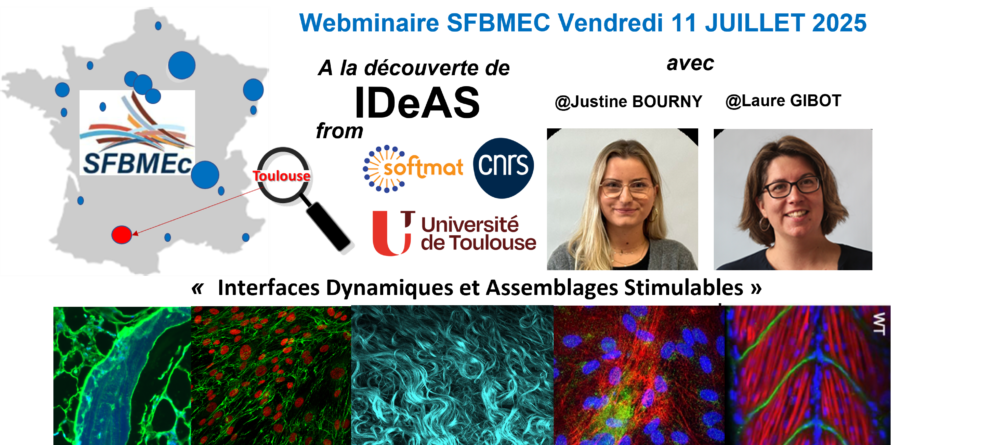Thesis proposal title: Mechanical and electrical modeling of the uterine contraction (MIMETIC)
Research laboratory: BMBI UMR CNRS 7338, Biomechanics and Bioengineering
Research team: NSE, Neuromécanique et Signaux Electrophysiologiques
Website: http://www.utc.fr/bmbi/
Thesis supervisors: Pr Catherine MARQUE, Pr Alain RASSINEUX, UMR CNRS 7337, ROBERVAL, UTC
Scientific domains: Bioengineering, Mechanical modeling
Research work
This thesis aim to propose a tool for the diagnosis of pathological evolution of uterine contractility on a model-aided approach. The multi-scale and multi-physic model to be developed is based on a biophysical model, already developed by our team, that will be improved during this thesis. The proposed work will concern the modeling and model optimization of the mechanical contractile activity of the uterus (in relation with its electrical activity, the electrohysterogram) in order to represent pathological evolutions leading to preterm labor. Indeed, recent work permitted us to evidence that the electrical diffusion alone may not explain the efficiency of uterine labor contraction. During this project, in order to test the new hypothesis, the hydrodynamic-stretch activation mechanism leading to uterine synchronization, that may be a better hypothesis than the electrical propagation alone, we will add to the electrical model, the stretch activation mechanism of uterine cells (mechanotransduction). The implementation of this mechanotransduction will need: 1) the definition of a realistic 3D mesh of the uterus extracted from MRI imaging; 2) a model for the generation of the intra-uterine pressure (IUP), from the forces generated by all the active cells, based on the realistic mesh of the uterus and on finite element modeling (FEM) and fluid-structure interaction; 3) the computation of tissue stretching by the association of an elastic law to the uterine mesh elements; 4) the definition of a law for the mechano/electric coupling permitting to generate the stimulation to other cells, based on their sensitivity to stretching. This will be done by means of stretch sensitive channels added to the electrical model. This work will be done in close collaboration with the R&D Center of ANSYS, society specialized in numerical simulation (http://www.ansys.com/fr- FR), that will fund this work.
Full description and additional details are available in this document.
